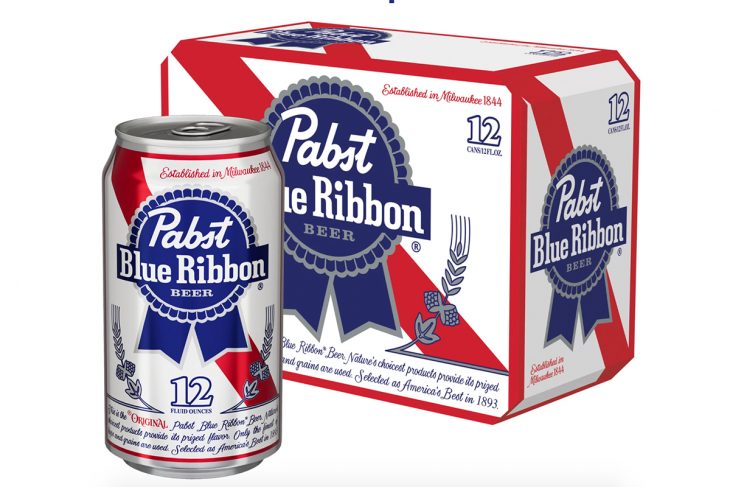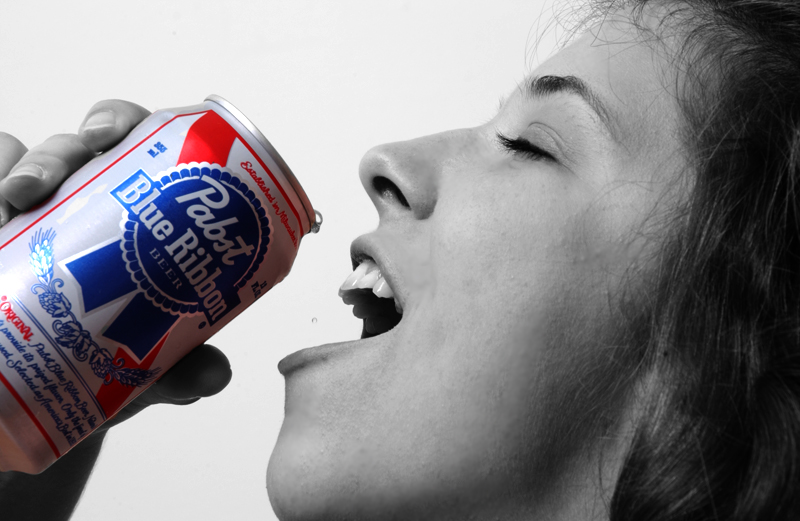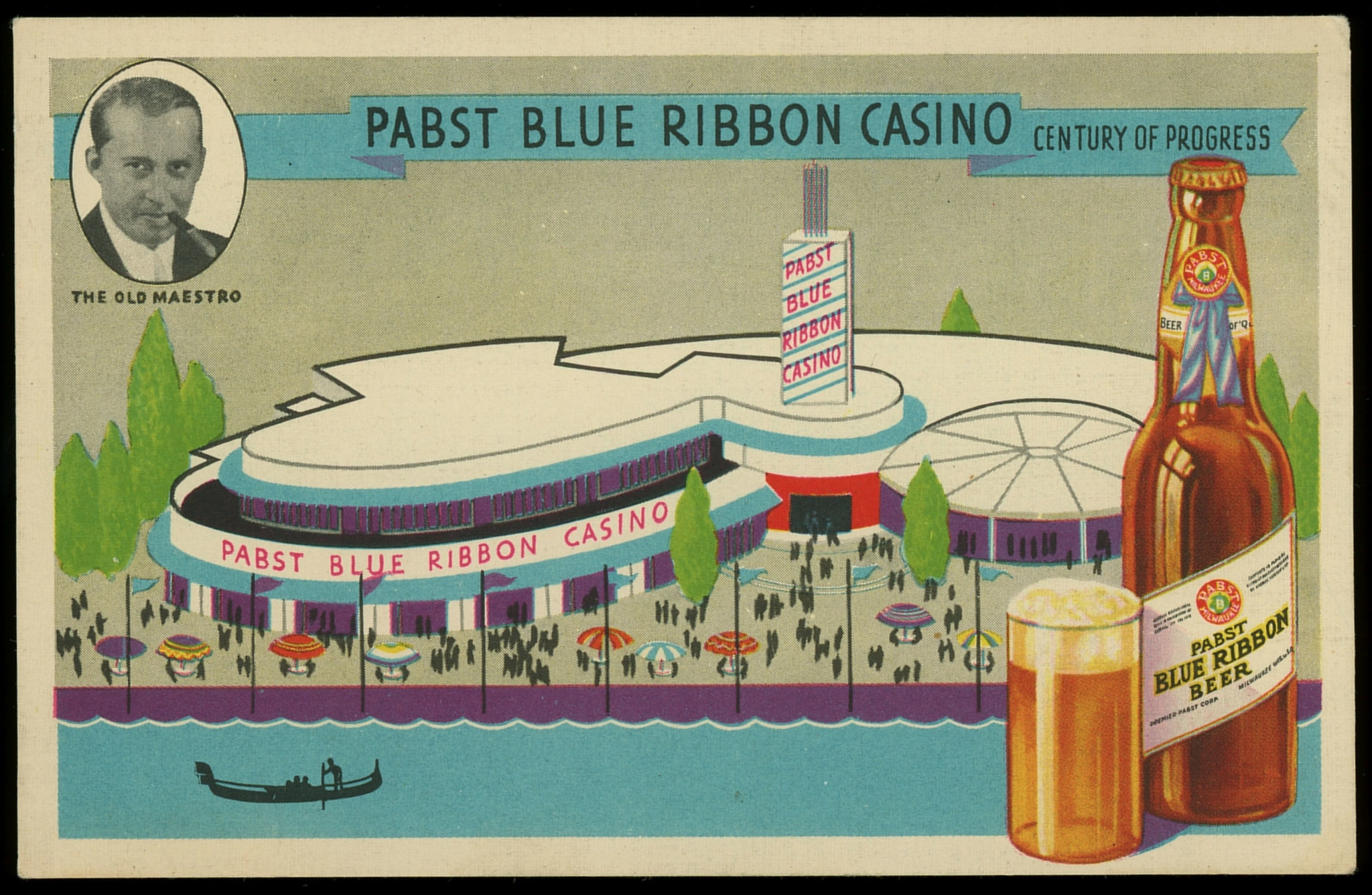
When it comes to enjoying a cold, refreshing beer, Pabst Blue Ribbon, commonly known as PBR, is a beloved choice among many. Recognized for its affordability and smooth taste, PBR has cultivated a loyal following across the globe. But while we often relish the flavor, have you ever stopped to consider what’s inside your can of PBR? Here are 19 enlightening PBR nutrition facts to supplement your knowledge and help you make informed choices about your beer consumption.
Caloric Content
Each 12-ounce can of PBR contains approximately 144 calories. It’s essential to consider this when indulging, as excess calorie consumption can lead to weight gain over time.
Contains Alcohol
PBR contains 4.74% alcohol by volume (ABV), making it a standard American lager. Moderation is key when consuming alcohol to maintain your health and well-being.
Carb Content
PBR contains 12 grams of carbohydrates per 12-ounce serving. While moderate carb intake is part of a balanced diet, excessive intake can contribute to weight gain.
Zero Fat
Like most beers, PBR contains zero fat. This is a plus if you’re monitoring your fat intake, but remember that the calorie content still counts.
Low Protein
PBR contains approximately 1.57 grams of protein per 12-ounce serving. Beer isn’t typically a significant source of protein, and PBR is no exception.
No Fiber
PBR, like most beers, doesn’t contain dietary fiber. Therefore, it doesn’t contribute to your daily fiber intake goals.

Cholesterol Content
You won’t find any cholesterol in your can of PBR. This is generally true for all beers, as they’re plant-based beverages.
Contains Gluten
PBR is brewed with barley malt, which contains gluten. If you’re gluten-sensitive or have celiac disease, you should opt for gluten-free beer alternatives.
Sodium Content
PBR contains approximately 14 milligrams of sodium per 12-ounce serving, which is quite low. However, remember that other foods and drinks you consume throughout the day also contribute to your total sodium intake.
No Sugars
PBR doesn’t contain any added sugars. However, it does have carbohydrates, some of which are naturally occurring sugars from the brewing process.
Vitamin Content
While PBR is not a significant source of vitamins, it does contain trace amounts of several B vitamins, including folate and niacin, which are beneficial for energy metabolism.
Mineral Content
PBR contains small amounts of minerals, including potassium and magnesium, which are essential for various bodily functions.

PBR Light for a Lower-Calorie Option
If you’re watching your calorie intake, PBR offers a light version containing only 110 calories per 12-ounce serving, while still providing a refreshing taste.
Water Content
Beer, including PBR, is primarily composed of water. It’s crucial to remember that while it does contribute to your daily fluid intake, it shouldn’t replace water or non-alcoholic beverages due to its dehydrating effects.
Yeast and Bacteria
The fermentation process that produces PBR involves yeast, which naturally produces alcohol and carbon dioxide. Some beneficial bacteria may also be present due to the brewing process.
Moderation is Key
As with all alcoholic beverages, moderation is crucial when enjoying PBR. Excessive alcohol consumption can lead to a variety of health issues, including liver disease and an increased risk of cancer.
Pairing with Food
The smooth and light taste of PBR makes it a versatile beverage that pairs well with a variety of foods. However, consider the nutritional content of your meal along with the PBR to maintain a balanced diet.
No Preservatives
PBR is brewed using a traditional method that doesn’t require the addition of preservatives. This provides a cleaner taste and is potentially a better option for those who prefer to avoid artificial additives.
Not a Significant Source of Nutrients
While PBR contains some vitamins and minerals, it’s important to note that it’s not a significant source of nutrients. A balanced diet full of whole foods should be your primary source of essential nutrients.
Conclusion
While enjoying your next PBR, remember these 19 nutrition facts. Beer, like all things, should be enjoyed responsibly. Understanding what’s in your can will help you make informed decisions about your consumption and ensure that your love for PBR fits into your overall dietary and health goals. Remember, it’s not just about the calories or carbs – it’s about understanding the broader picture of how what you drink contributes to your overall health. Cheers to making informed choices and savoring every sip!
Was this page helpful?
Our commitment to delivering trustworthy and engaging content is at the heart of what we do. Each fact on our site is contributed by real users like you, bringing a wealth of diverse insights and information. To ensure the highest standards of accuracy and reliability, our dedicated editors meticulously review each submission. This process guarantees that the facts we share are not only fascinating but also credible. Trust in our commitment to quality and authenticity as you explore and learn with us.
